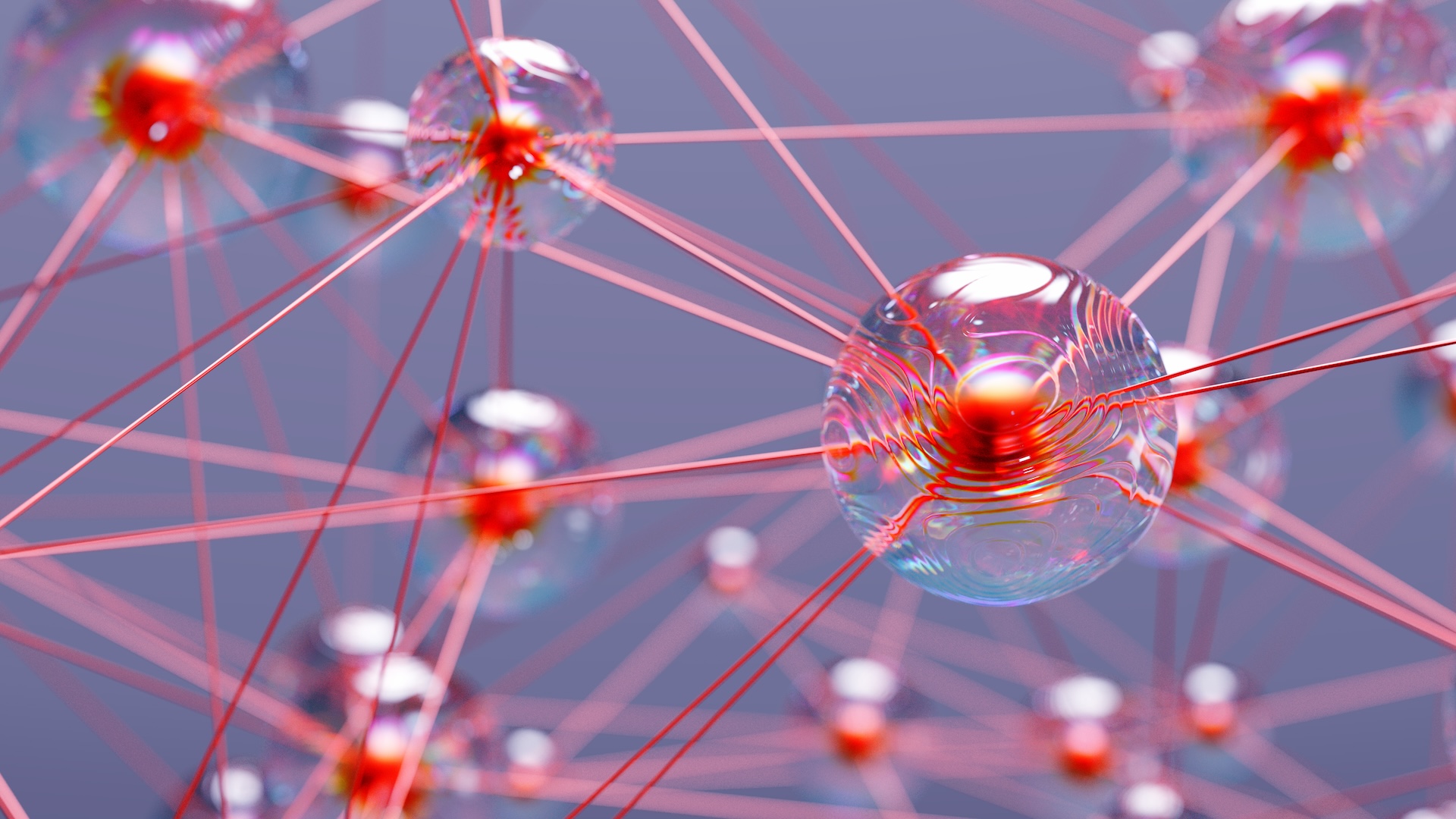Nanomaterials, Vol. 13, Pages 1730: Graphene Amination towards Its Grafting by Antibodies for Biosensing Applications
Nanomaterials doi: 10.3390/nano13111730
Authors: Maxim K. Rabchinskii Nadezhda A. Besedina Maria Brzhezinskaya Dina Yu. Stolyarova Sergei A. Ryzhkov Sviatoslav D. Saveliev Grigorii A. Antonov Marina V. Baidakova Sergei I. Pavlov Demid A. Kirilenko Aleksandr V. Shvidchenko Polina D. Cherviakova Pavel N. Brunkov
The facile synthesis of biografted 2D derivatives complemented by a nuanced understanding of their properties are keystones for advancements in biosensing technologies. Herein, we thoroughly examine the feasibility of aminated graphene as a platform for the covalent conjugation of monoclonal antibodies towards human IgG immunoglobulins. Applying core-level spectroscopy methods, namely X-ray photoelectron and absorption spectroscopies, we delve into the chemistry and its effect on the electronic structure of the aminated graphene prior to and after the immobilization of monoclonal antibodies. Furthermore, the alterations in the morphology of the graphene layers upon the applied derivatization protocols are assessed by electron microscopy techniques. Chemiresistive biosensors composed of the aerosol-deposited layers of the aminated graphene with the conjugated antibodies are fabricated and tested, demonstrating a selective response towards IgM immunoglobulins with a limit of detection as low as 10 pg/mL. Taken together, these findings advance and outline graphene derivatives’ application in biosensing as well as hint at the features of the alterations of graphene morphology and physics upon its functionalization and further covalent grafting by biomolecules.

 1 year ago
31
1 year ago
31

